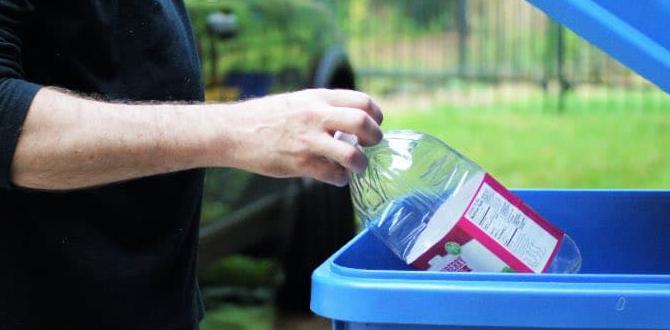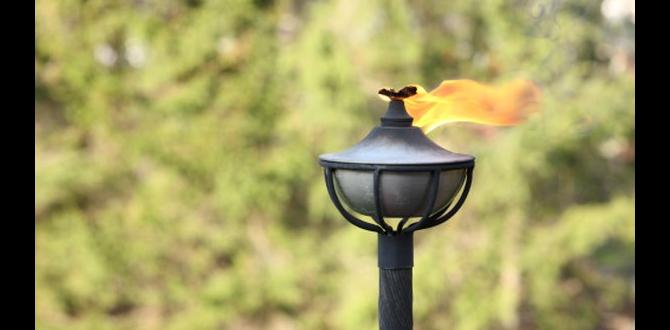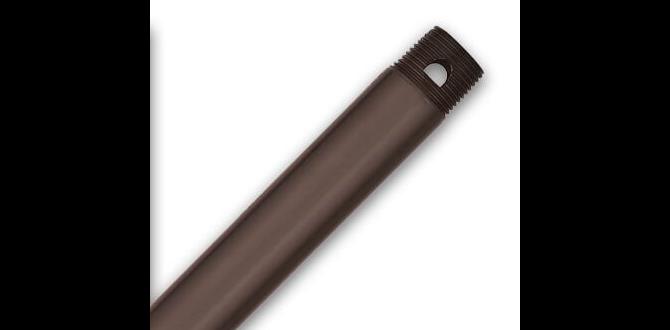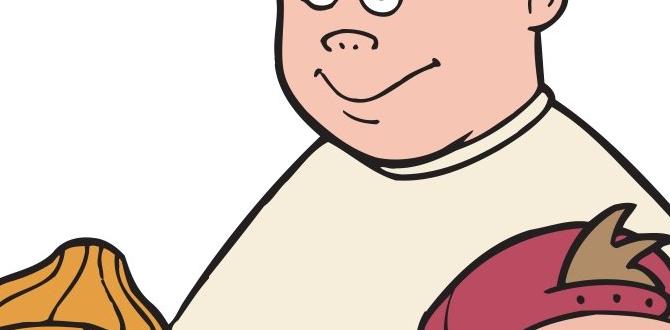Parsley is a widely recognized herb that has been a staple in kitchens and gardens for centuries. It is a versatile and flavorful ingredient that is often used to enhance the taste and presentation of various dishes.
However, gardening enthusiasts and professional chefs alike may have experienced the frustrating phenomenon of parsley bolting. This phenomenon can negatively impact the growth and flavor of parsley, and it can be a significant hurdle to overcome.
We will explore the causes and effects of parsley bolted and provide practical tips on how to prevent and manage it. You will have a comprehensive understanding of parsley bolting and how to keep your parsley growing strong and flavorful. So, let’s dive in and explore the beautiful world of parsley.

Signs That Your Parsley Has Bolted
Parsley bolts, it has started to produce flowers and is nearing the end of its life cycle. Some signs that your parsley has bolted include the appearance of tall stems, small yellow flowers, and a bitter taste in the leaves. Additionally, the leaves may become smaller and thinner. If you notice these signs, harvesting your parsley as soon as possible is best to prevent it from becoming too bitter to eat.
Causes Of Parsley Bolting
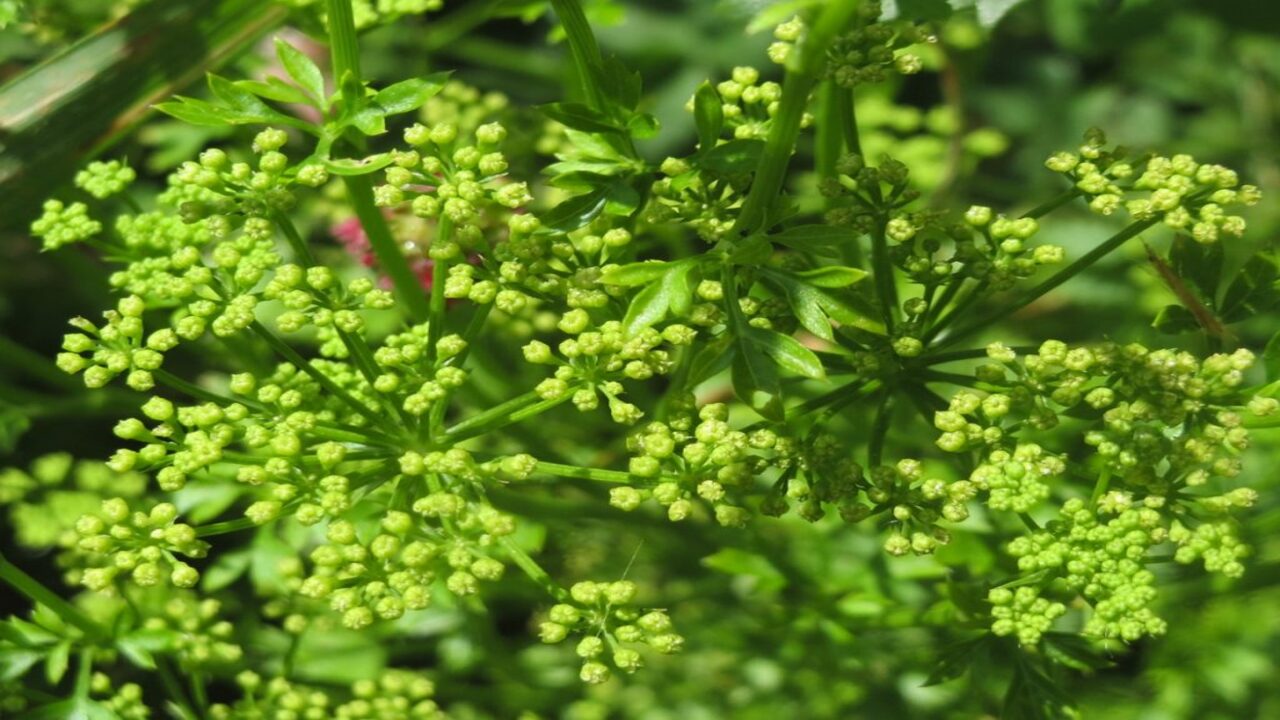
Parsley bolting, or the production of flower stalks, can be influenced by several factors. Understanding these causes can help you manage and prevent parsley bolting to some extent. However, it’s important to remember that bolting is a natural process influenced by both internal and external factors. Here are some common causes of parsley bolting:
- Daylength: Parsley is a biennial plant that typically bolts in its second year as a response to increasing daylight hours. Longer days signal to the plant that it is time to flower and set seed.
- Temperature: High temperatures, especially during summer, can trigger parsley to bolt. Extended periods of heat can induce the plant to divert energy toward reproductive processes.
- Age: Parsley plants have a natural life cycle, and they are more likely to bolt as they mature. Younger plants focus on leaf production, while older plants shift their energy toward flowering and seed formation.
- Stress: Parsley plants under stress, such as water stress or inadequate nutrition, may bolt prematurely. Providing consistent moisture and proper fertilization can help reduce stress and delay bolting.
- Genetics: Some parsley varieties are more prone to bolting than others due to their genetic makeup. When selecting parsley seeds or transplants, consider choosing varieties known for their bolt resistance.
How To Prevent Parsley Bolted – Prevention Tips
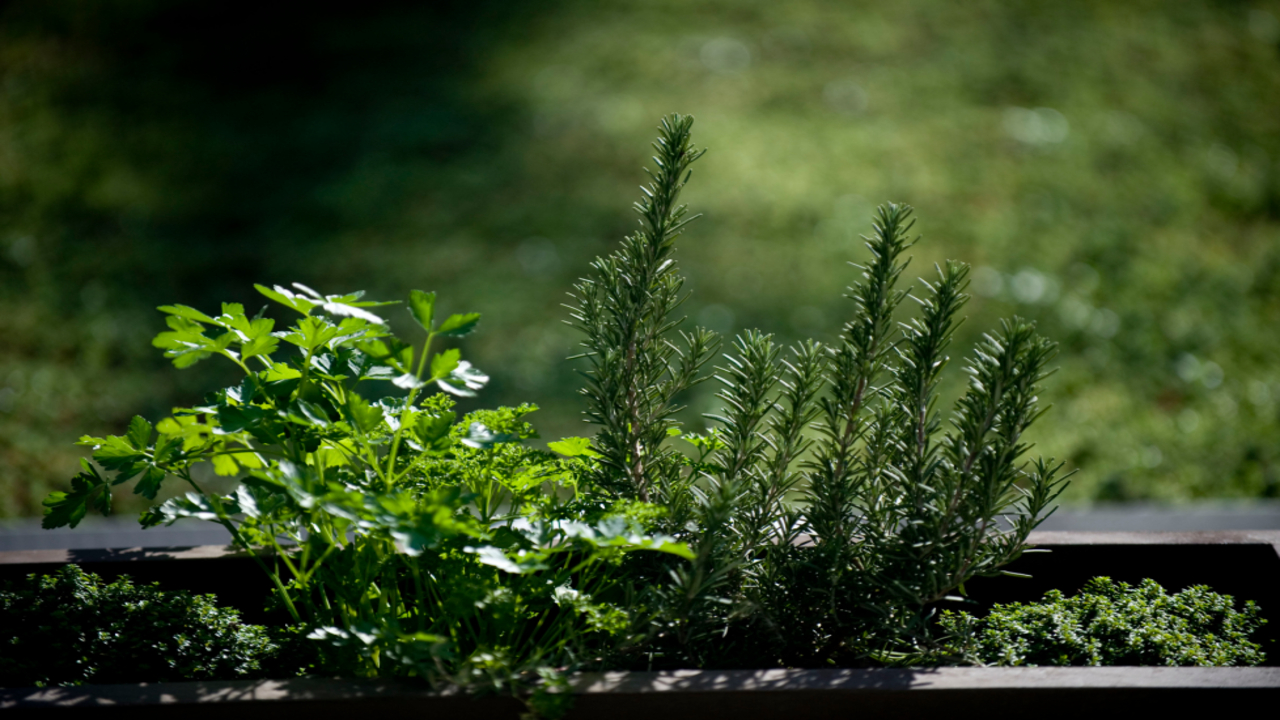
Parsley is a popular herb that can add flavor and color to many dishes. However, parsley can also be a tricky plant to grow. As it tends to bolt or produce flowers and seeds prematurely.
When parsley bolts, its leaves become bitter and less edible, and its growth slows down or stops. Therefore, it is important to prevent parsley bolting to enjoy fresh and tasty parsley for longer. Let’s look at how to prevent parsley bolted in more detail.
Planting Parsley At The Right Time
One of the main factors that can cause parsley bolting is temperature. Parsley is a cool-season herb that prefers temperatures between 50°F and 70°F (10°C and 21°C). If the temperature rises above 75°F (24°C), parsley will sense that the growing season is ending and will start to bolt.
Therefore, it is important to plant parsley at the right time, depending on your climate zone. Generally, you can plant parsley in early spring or late summer, avoiding the year’s hottest months. You can also start your parsley seeds indoors and transplant them outside when the weather is favorable.
Choosing The Right Location For Parsley
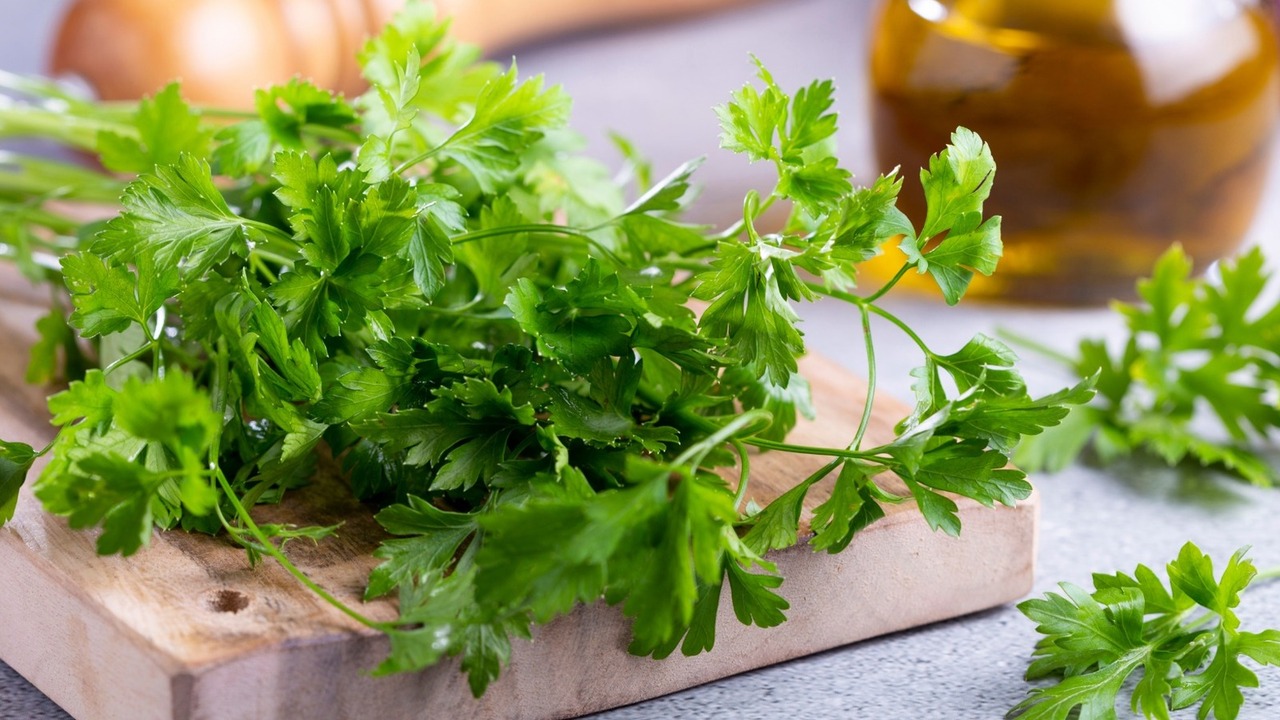
Another factor that can affect parsley bolting is the location where you plant it. Parsley needs a spot with rich, well-drained, and slightly acidic soil. It also needs a spot with good air circulation and drainage, as poor conditions can lead to fungal diseases or root rot.
Parsley also needs a spot with partial shade, as full sun can scorch or dry out its leaves. If you provide these requirements, you can plant parsley in containers, raised beds, or garden borders.
Providing Adequate Sunlight And Water
Parsley also needs adequate sunlight and water to grow well and prevent bolting. Parsley needs about 6 hours of indirect sunlight daily, as too much or too little light can stress it out and trigger bolting. It also needs regular watering, as it likes its soil to be consistently moist but not soggy.
You should water your parsley when the top inch of the soil feels dry to the touch and avoid overwatering or underwatering it. You should also mulch your parsley with organic matter, such as straw or grass clippings, to help retain moisture and prevent weeds.
Fertilizing Parsley Correctly
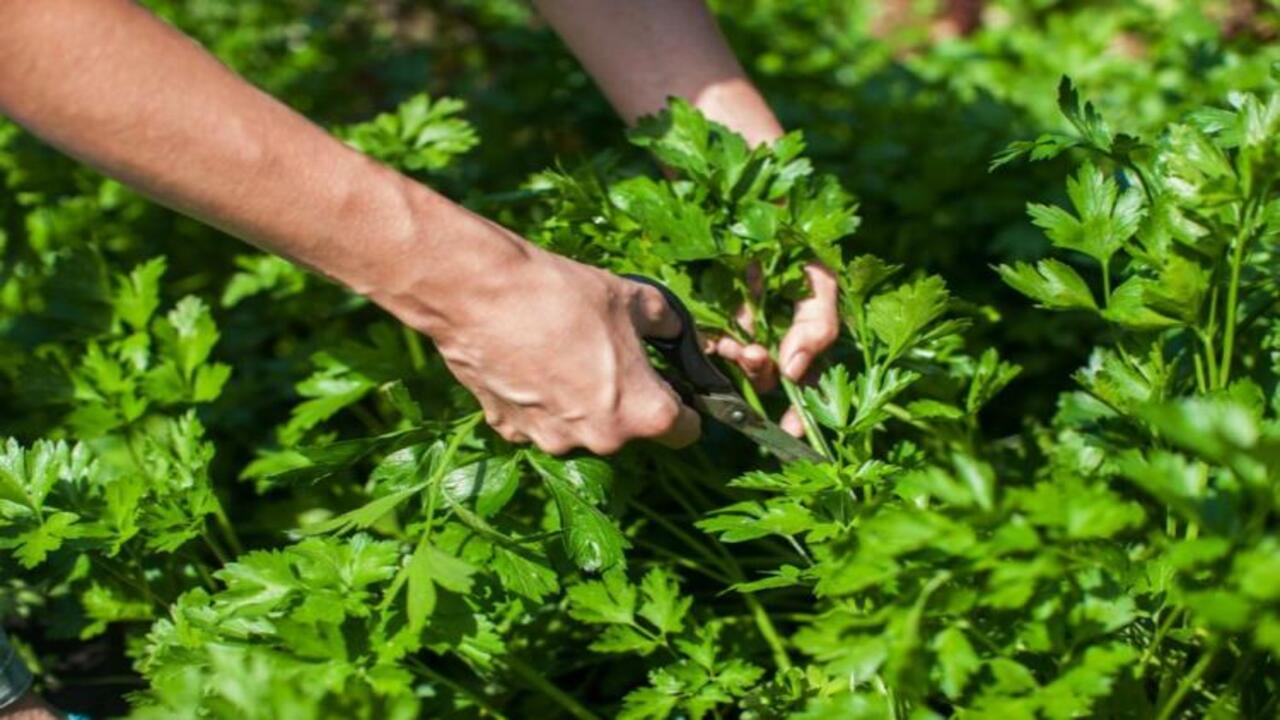
Parsley also needs proper fertilization to grow well and prevent bolting. Parsley is a heavy feeder that needs a lot of nutrients to produce its lush leaves. You should fertilize your parsley with a balanced organic fertilizer, such as compost or manure tea, every 4 to 6 weeks during the growing season. You should avoid using chemical fertilizers or fertilizers that are high in nitrogen, as they can burn or overstimulate your parsley and cause bolting.
Pruning Parsley Flowers And Stems
Parsley also needs regular pruning to grow well and prevent bolting. Pruning your parsley can help remove dead, diseased, damaged, or infected leaves and stems that can affect its health and appearance. Pruning your parsley can also help remove any flowers or seed heads that may start to form on your parsley, as they can divert energy from leaf production and cause bolting.
You should prune your parsley with sharp and clean scissors or pruners, cutting off any unwanted parts at their base. You should also harvest your parsley frequently by cutting off one-third of the stems at a time, as this can encourage new growth and delay bolting.
Monitoring For Pests And Diseases
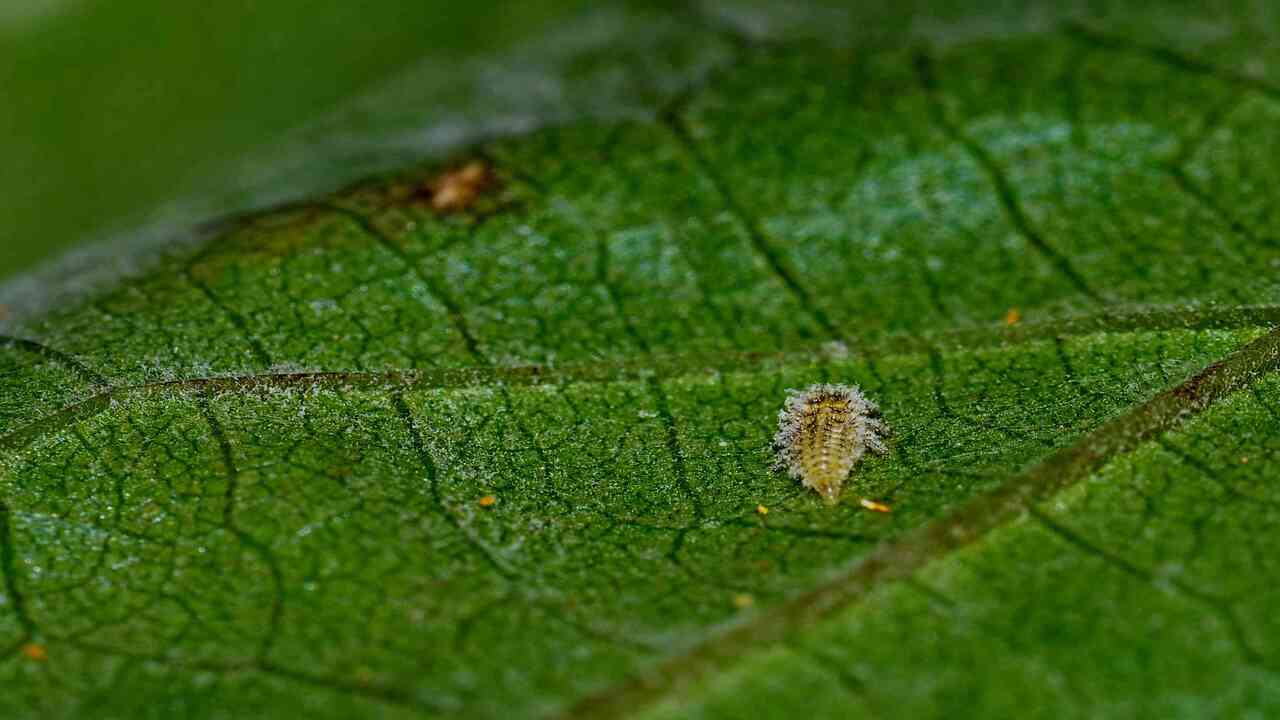
Parsley also needs protection from pests and diseases that can damage and cause bolting. It can be attacked by insects or animals that feed on their leaves or roots, such as aphids, caterpillars, slugs, snails, rabbits, or deer. Parsley can also be infected by various fungi or bacteria that can cause diseases such as powdery mildew, leaf spot, root rot, or mosaic virus.
To protect your parsley from pests and diseases, you should inspect your plants regularly for any signs of damage or infection and treat them promptly with organic or natural remedies, such as neem oil, insecticidal soap, or baking soda. You should also practice good hygiene and sanitation, such as removing debris or weeds from your parsley area and sterilizing your tools or equipment.
Knowing When To Harvest Parsley To Prevent Bolting
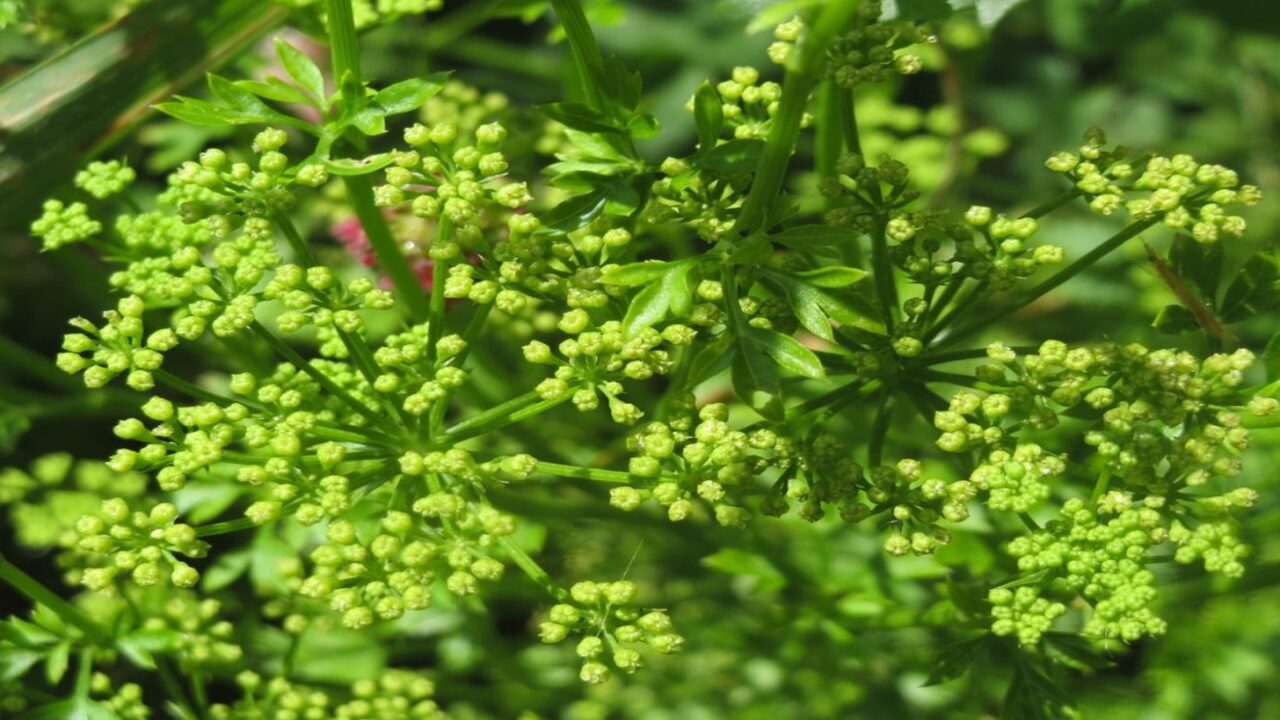
Finally, parsley must be harvested at the right time to prevent bolting. Parsley is a biennial plant, which means that it completes its life cycle in two years. In the first year, it produces leaves; in the second year, it produces flowers and seeds.
Therefore, if you want to enjoy fresh and tasty parsley leaves for a longer time, you should harvest your parsley before it enters its second year and starts to bolt. You can tell when your parsley is ready to harvest by size and color. Your parsley should have at least 6 to 8 inches of growth and dark green leaves.
You can harvest your parsley by cutting off one-third of the stems at a time, leaving enough leaves for photosynthesis. You can also harvest your parsley by pulling up the whole plant and storing it in a cool and dry place.
Conclusion
Parsley bolted is an important phenomenon to understand for successful gardening. The specificity of this process lies in the plant’s tendency to produce a tall, flowering stem that negatively impacts the quality of the leaves.
By recognizing the signs of bolting, gardeners can take proactive measures to ensure the success of their parsley crop. Ignoring this process can result in bitter-tasting leaves and a shortened growing season.
The importance of monitoring parsley for bolting cannot be overstated, as it directly affects the quality and yield of the plant. Success in growing parsley depends on identifying and addressing bolting in a timely manner. Parsley bolting is a crucial factor to consider for any gardener looking to produce healthy and flavorful herbs.
FAQ’s
[rank_math_rich_snippet id=”s-d1427954-b629-419c-8b4c-a0b21b058a58″]

I am passionate about home engineering. I specialize in designing, installing, and maintaining heating, ventilation, and air conditioning systems. My goal is to help people stay comfortable in their homes all year long.

